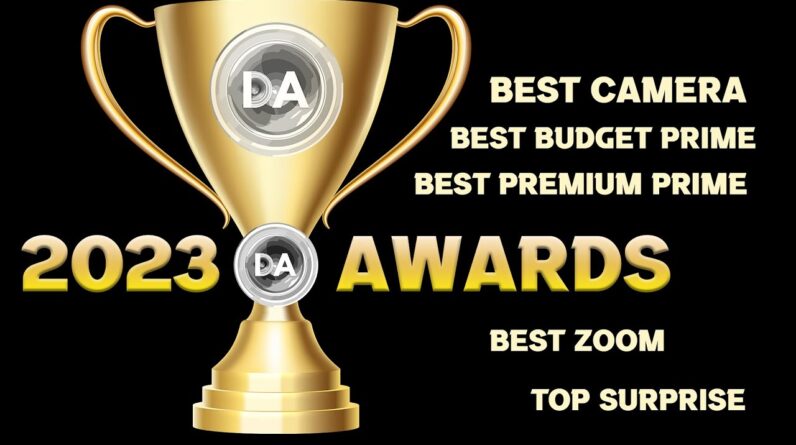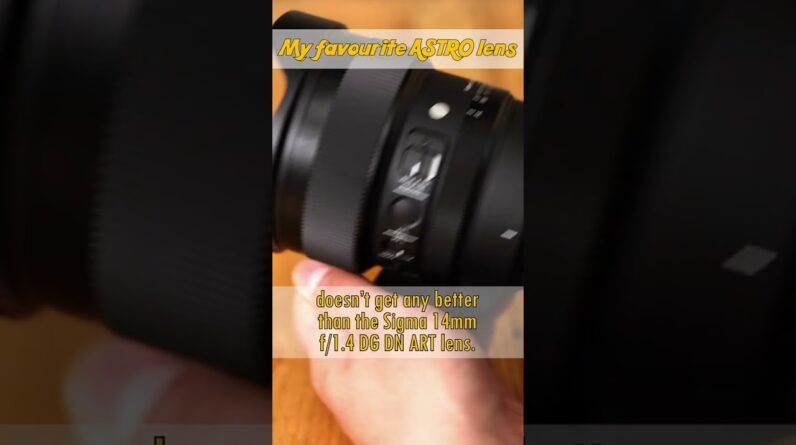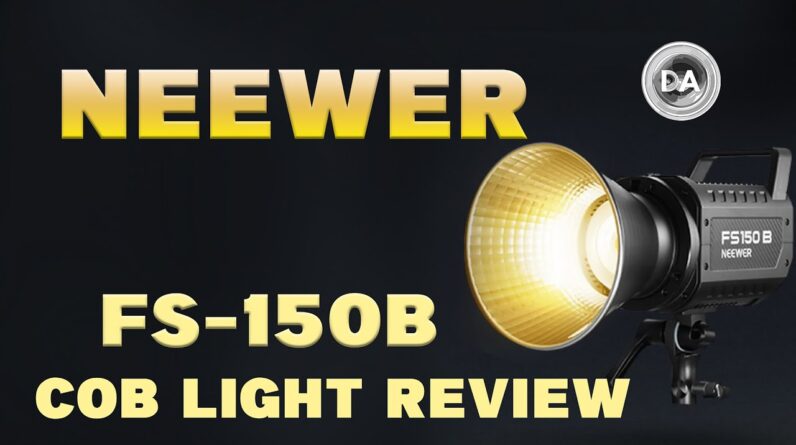I'm excited about today's episode we're Meeting up with Jean Pon who is a Fantastic architecture photographer here In Calgary now he runs some very High-end equipment we've equipped him With the brand new gfx1 100 Mark II and That 30 mm tilt shift lens which is Purpose built for shooting architecture Now he has set us up in Rockland Park a New development here in Calgary in one Of the show homes that he shoots to show Us how he approaches the scene and what He thinks of the gfx system let's go Check it Out all right we're here with Jean Peron Who's one of the best architecture Photographers here in Calgary been a big Fan of his work for a long long time Check out his Instagram and his website For those of you who don't know Jean is From U Montreal originally so he's got a Bit of an accent he might pick it up Once in a while during our conversation Here what made you get into architecture Photography in the first place I didn't Have to rent a Studio when you start photography uh you Tried to have your car slow and by Nature I have a very graphic mind and I Love architecture Uh I like design and everything so Obviously you try to shoot what you love And I always love beautiful building and Things like like that by Nature I'm kind
Of very sensitive to the quality of Light and when you shoot architecture It's all about the quality of the light So you have to uh understand okay Where the light uh needs to be when you Should sh the exteriors and because it Claes very naturally for me uh I think It was a great uh area to work with well Even from the the first moment we I met You years and years ago at the camera Store you're blown me away with your Level of uh nuances you know I mean You're telling me you used to bring two Different kinds of rakes for different Kind of carpets for the show home right And the the the meticulousness of your Work just blew me away and every time I Think oh I understand right you put it Up another level Yeah like to me it's all about Controlling your image like make sure That everything that could be done to Make the pictures better I'll do it like If it needs to be shot at 2:00 a.m. in The morning or uh like u in a snowstorm I'll do it now you've always invested in High quality gear right you're running Some some Ludy you're running phase one Right the Q4 back right now um I mean It's incredibly expensive but the Quality out of it is phenomenal so um We've hooked you up with the gfx 100 Mark II today with the 30 mm tilt shift Lens which is almost purpose-built for
Shooting architecture it is uh uh Ability to have something that compact Uh Relatively affordable because okay if You're professional you think about Professional lens this lens that I just Tried is so well designed everything is Smooth everything uh feels right uh the Balance the quality the uh option to use Uh is uh top of the line all right John So now we're set up here kind of in this Beautiful kitchen you've set us up with How do you go about approaching a scene Like this what's your first train of Thought as you go through first is I'm Going to make the decision of where I'm Going to place the lens and this is Based on the fill of view and Also high high and how I'm going to Place the lens so all the uh lines Separate each uh item like from the Counter to the table behind once I have That decision made of where the height Of the lens is I'm going to decide where The center of the lens is and this is This decision is going to be Bas on Avoiding Distortion okay so I have a Round lamp overhead right here and I'm Going to place the center of the lens And the center of the lamp so the the The lamp so there's no Distortion so once that's uh done I have To observe the F of view of The the lens to the sensor and I'm going
To make my composition Based on moving the Back up and down left and right uh To um have a nice composition if I want To see more to the uh left I'm going to Shift the back to the right the main Concept of a tilt shift lens is the Ability to Recompose your shot From where the lens is like the what the Feel of you of the lens uh give you Without any adjustment best way to Approach this lens is without movement Okay so you start zero everything out Zero everything out so once you have Your Lens positioned exactly where you want It for exactly the perspective that you Want yeah either distance or height or Um the center of the lens when this is Done you could take a photograph and see What you have and say okay well I would Like to see more to the left but keep The same P perspective so the thing that You do is simply Move Lens to the opposite so now what you see Is more of this less of this so you Recompose there's no Distortion because The lens didn't move move but you Recompose the uh the shot exactly how You want so what's happening the lens Isn't actually just covering the the the The whole sensor it's actually covering
A much bigger Circle than the sensor so You have lots of room within that Circle To cover and this Lens uh with this camera is designed to Make movement of 15 mm in any direction Without vignetting wow and keeping the Sharpness uh so that's how I approach These length as I Start zero I find my composition I find The distance that I want and I once that I say wow I see too much ceiling now I Have the ability to go up and down so if You want more ceiling or more floor Right you have the ability to recompose That way without changing the lens Whatsoever I mean this is something that Is really unique about this I mean you You shot cannon for a long time their Tilt shift lenses which are really Highly regarded as well but the problem With them is that you are shifting the Lens from side to side right so your Perspective changes a little bit right It's subtle but it changes where on this System here the lens stays fixed and the Back is what's moving back and forth the Ability to recompose with all the Movement this is what makes the lens for Architecture photography it's not just About having the line straight obviously Ly you're going to make them straight by Leveling the camera yeah okay that's That's a no-brainer for that but the way You could
Recompose after you make those decision Uh is what makes this system uh so in This case in this case it's less about The the tilting it's more about the Shifting right it's okay to see things Not quite perfectly straight in a Situation like this we just want to be Able to make sure everything is the same Perspective what we call perspective Control the perspective is determined by Where the length is compared to the Subject So if I move the lens here it's not Centered even if I I I well I I could Turn it this way to reenter but if I Decide to move this way and decide to Rec compose with the back Shifting because it's not center it's Going to have a distortion So the idea is to always minimize Distortion in architecture like uh the Other thing aspect of having the lens in One position when you look and you look At the composition because it's a one Point perspective on the lens so for Example what I would do is well because It's a onepoint Perspective this chair looks too back Too far far back so I will move the Chair not the camera so now I'm going to Go back and take another shot and see if It feels balanced but I'm not going to Move the camera anymore it's fixed is Now looks uh balanced and I would do the
Same for every element because it's 100 Megapixel this 30 mm Lens as The ability to act as a zoom because now I'm seeing everything in here but if I Want to see just that lamp that chair And that Fridge if I crop is almost if I has a Zoom because the lens didn't move the Perspective will be the same it's Exactly the same the same perspective But the 100 megapixel give you the Ability to deliver to your client detail Shot within that as if you had like a Zoom the fact that this have a Collar that the back move I think it's Worth the price for it like so yeah it's The perfect lens to shoot Interiors that's quite a bold that's Quite a bold claim coming from You but I've been shooting with till Shift Lance for a long time and uh one Of the main reason about a view Cameo For my back is Because the back move the the my uh Campo camera the lens doesn't move and That's the principle of it uh so and That's one thing that Always uh was making compromise with my Cannon till sh Lance to be honest most people don't see Those things like K like the oh there's A slight Distortion but I do well it's One of those things once you see it you
Can't unsee it right but those nuances Those subtleties that you get that you You you don't see at first yeah I mean You're using some really high-end gear On your side of things you're running The phase system right right um and you Know boggles me the amount of money you Put into your system to make that work How are you finding this sort of Compares with It oh is going to put me out of Business too many people use it no it's A great in investment if you're a Professional the all the movement with This uh lens it's extremely smooth like It could go like Very and then one de so you have more Precision this is why I use this uh head Here because of the Precision of Movement see mhm see so I want that same Precision in my lens and this has it Like it's just amazing what you how Smooth this is one degree at a time all Right well that was a lot of fun I've Been wanting to do this episode for a While Jean is at the top of his game When it comes to shooting architecture He's got amazing Quality Equipment but Also a great eye and a great sense of What he's looking for and how to achieve It with the equipment that he's given Now he was impressed with the gfx 30 mil So I really appreciate what he had to Say about that but I also really like
Getting the insights into how he Approaches a shoot how he works Something and to get the results that he Wants for his very demanding clients but I of course want to know what you guys Think of the Fujifilm gfx system as well As that 30mm tilt shift lens and Hopefully you got some insights into how An architectural photographer thinks About approaching a scene and kind of Apply it to your own life if that's Something you're interested in make sure You leave comments down below follow us Both on Instagram it's dayve from the Camera store and we'll catch you again Next [Applause] [Music] [Applause] Time hey thanks for checking out this Episode if you want to check out more of Our recent content click up here and if You're a Canadian you want to support Local check out the camer store.com down Here






